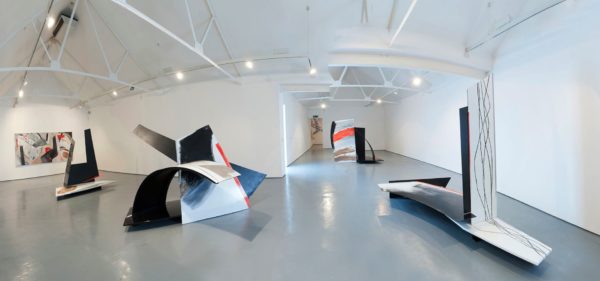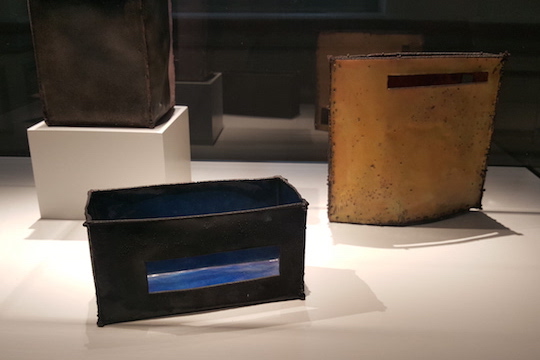Register Now
Explore new innovative methods working in drawing, painting and shaping water and oil enamels fired on steel with John Killmaster, one of the most respected enamel masters working with large scale steel. Explore silkscreening, sand-enameling, granular spray, crayon, watercolor and mixed media on large-scale steel panels. We will be hammering steel and spot welding it into sculptural shapes. Other experimental possibilities: modular wall and free standing outdoor sculpture.
No prior enameling skills required.
This 4-day workshop will inaugurate the Center for Enamel Art’s new large scale workspace within KVO Industries in Santa Rosa, CA. It is also the 2nd in our Masters series of workshops .
John Killmaster ( MFA ’69, Cranbook Academy of Art) is an artist working in several mediums: painting, clay, and porcelain enameling. He lives in Boise, ID. He was Professor of Art at Boise State University (1970-97). His work has been exhibited worldwide and is in many private collections. His work has been recognized with the Lifetime Achievement Award from The Enamelist Society, the Governor’s Award for Excellence in the Arts from the State of Idaho and as a grantee for the Western States Arts Federation.
Killmaster’s personal goal has been to gain recognition of the art form of enameling to be considered a “fine art”, along with glass, ceramics, painting, sculpture, printmaking drawing and photography, and architecture.
This 4-day workshop will inaugurate the Center for Enamel Art’s new large scale workspace within KVO Industries in Santa Rosa, CA. It is also the 2nd in our Masters series of workshops .
Workshop Hours:
Friday-Monday, 10 AM to 5 PM at KVO Industries in the Center for Enamel Art dedicated space.
Optional facilitated evening work hours will be available for an additional fee.
Cost: $495 plus $40 materials fee, additional optional fee of $65 for three 2 1/2 hr. work sessions July 6-8.
Materials List: Provided upon registration or when ready
Registration: Limited to 10
Refund Policy: No refunds unless your workshop position can be filled by another person.
Lodging, Meals, Transportation:
Coming from out of town? Check AirBnB, Priceline, and other discounted online lodging sources, The Center will try help you make your stay comfortable and stress free while you are a workshop participant.




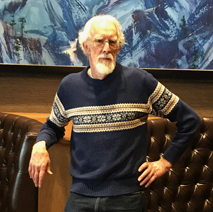
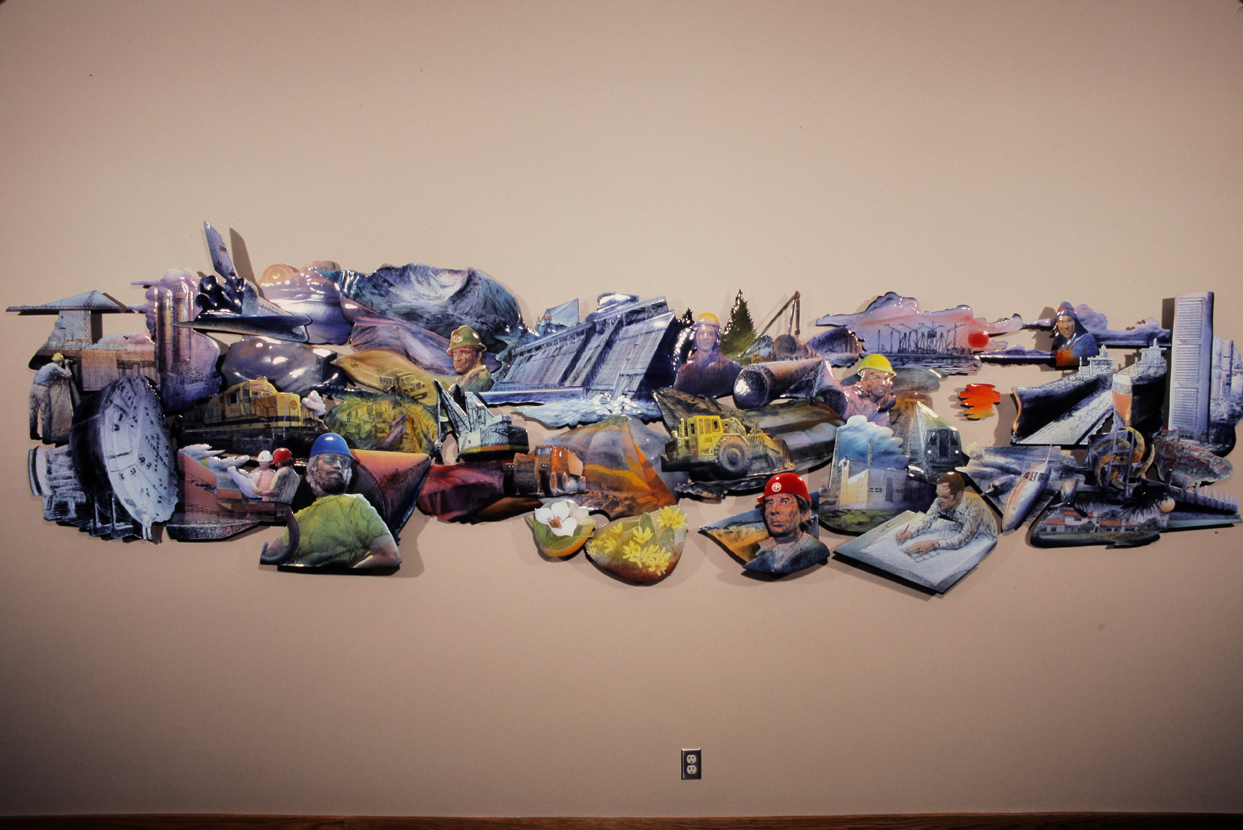

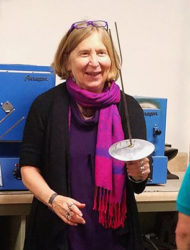
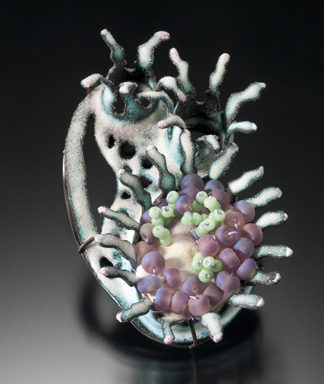
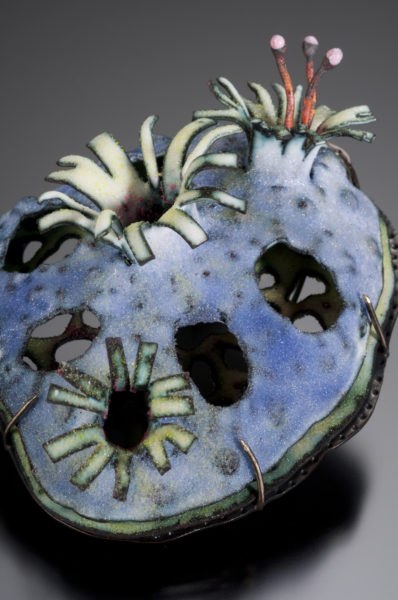

 Quick: If I told you I’d bought an enameled pendant, what would come to mind? Something clumpy and heavy, with garish colors? Maybe a small, jewel-toned piece, carefully polished?
Quick: If I told you I’d bought an enameled pendant, what would come to mind? Something clumpy and heavy, with garish colors? Maybe a small, jewel-toned piece, carefully polished?